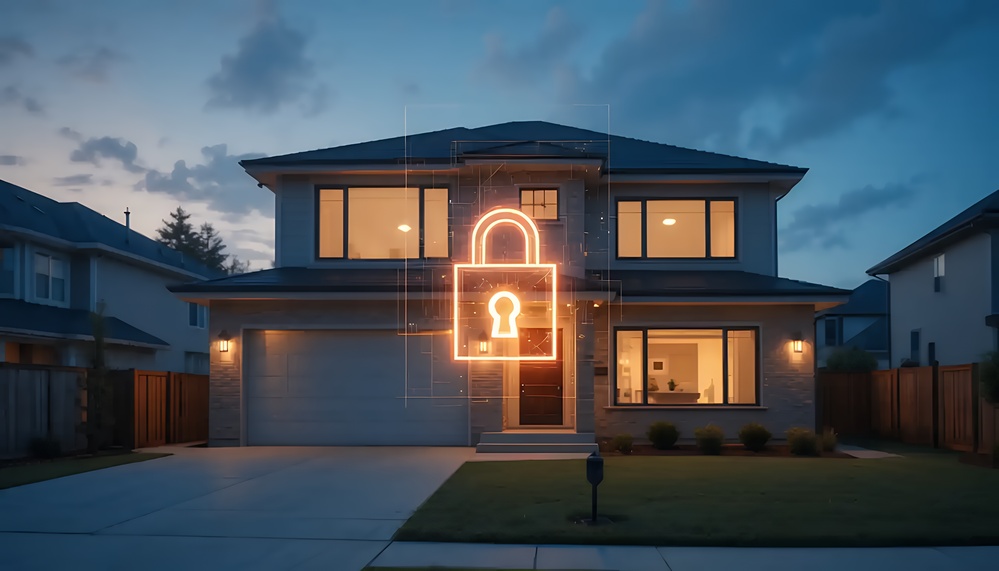A good home security system built with quality components could very easily outlive its practical usefulness. In other words, the devices keep working long after they become outdated and feature poor. So that begs an obvious question: how do you know when it’s time to upgrade an aging system?
It is a tricky question given the tech industry’s tendency to release new editions of its hardware just because they can. I am currently rocking a cell phone that’s three years old. It functions just fine. But I might be forced to upgrade in the near future because my phone doesn’t support the latest version of Android. And guess what my ecosystem needs for its newest features?
The question of upgrading a home security system really boils down to whether the current selection of devices is meeting your needs. If they are not, an upgrade is obvious. If they are, the next question is one of how desperately you want access to features your devices do not support.
Modern Home Security Cameras
A recent CNET article published by MSNRelates to the topic of upgrading and aging home security systems. The post discusses signs suggesting it is time for an upgrade. The first sign on the list? Your security cameras lack the ability to distinguish between people, animals, and objects.
Today’s AI-enabled cameras are pretty cool. They rely on advanced recognition software that can tell the difference between your kids and the dog. But that’s not all. They can also identify packages left on the porch and distinguish between a car driving by and one pulling into your driveway.
Admittedly, this particular feature is not a deal-breaker for many homeowners. It is a nice luxury if one can afford it, but it’s not really necessary to effectively surveil a home. So is a camera unable to tell the difference between living and non-living things really enough motivation to upgrade?
Device Compatibility Issues
The desire for new features may not be enough to prompt you to upgrade. But what about device compatibility issues? They are a very real concern. A home security system isn’t going to offer maximum protection if some of your devices stop working with the next software update.
Compatibility issues are less likely to be a problem with prepackaged systems from well-known providers like Vivint Home Security. Home security and automation are all Vivint does. Likewise for their direct competitors. Compatibility issues usually are not a problem.
On the other hand, take a company like Google or Amazon. Home security and automation aren’t their core businesses. Therefore, they design their ecosystems with the understanding that third-party manufacturers will supply the system with equipment. What if a manufacturer does not keep up with the Google or Amazon ecosystems? Its devices could be rendered useless with a simple ecosystem firmware update.
All of this is to say that compatibility issues are a pretty strong motivator for upgrading. If some of your devices have stopped working, what else are you going to do?
Advanced Automation Integration
Maybe you don’t need AI-powered cameras and are not worried about compatibility issues. But you would like to take advantage of voice-controlled automation or geolocation capabilities. If your system doesn’t support advanced automation, upgrading is your only option.
There are lots of reasons to upgrade a home security system. Some are more critical than others. Ultimately, you need to decide what is most important for you and your family’s security. Upgrade if you need to or want to. Let things ride if you don’t want to and there is no immediate need to upgrade.

